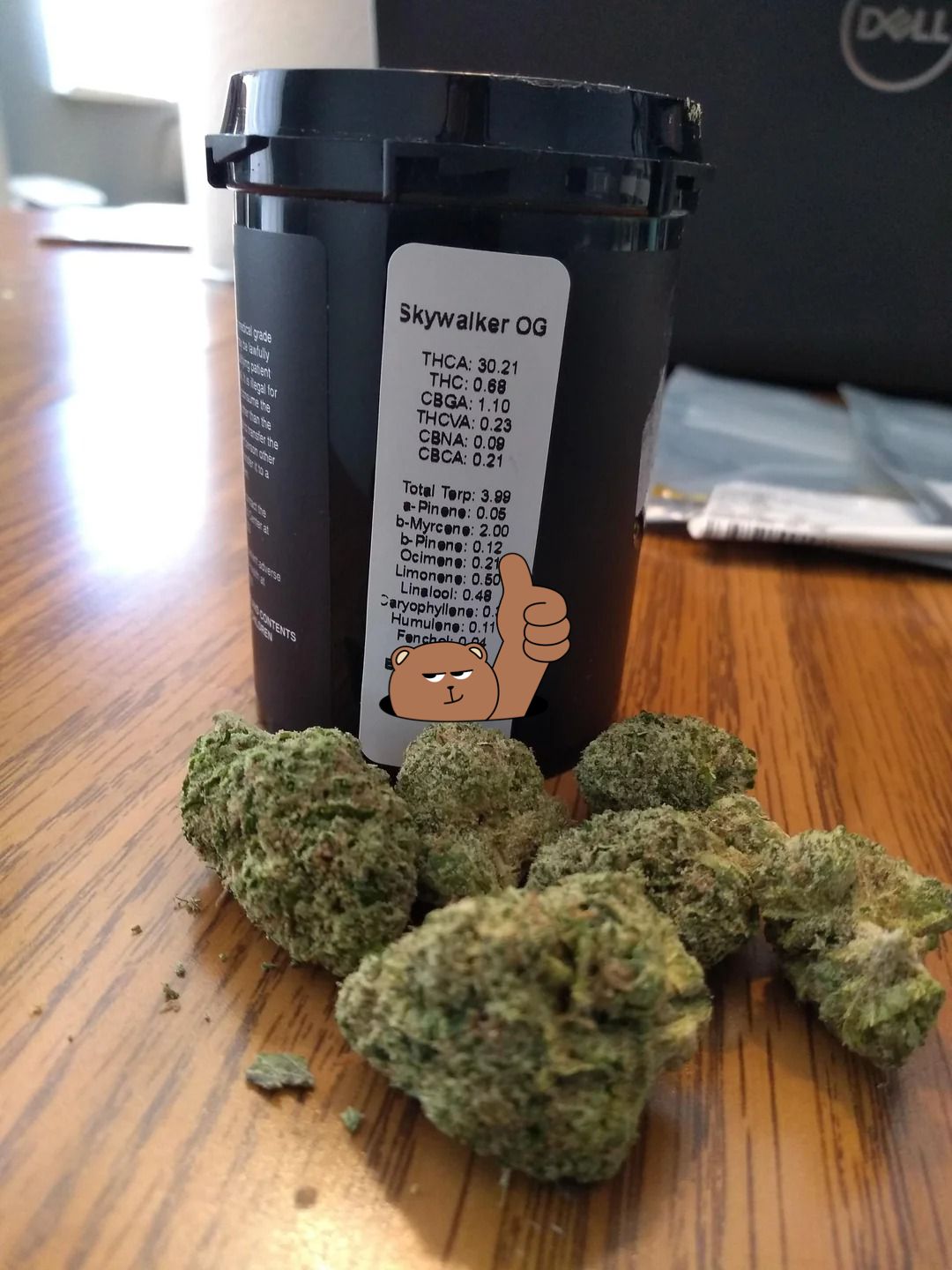The Growing Conversation About Weed in Buenaventura: Legalization, Culture, and Economic Prospects

Buenaventura, a bustling port city on Colombia’s Pacific coast, is known for its diverse cultural heritage, rich Afro-Colombian traditions, and its vital role in Colombia’s economy as the country’s primary seaport. However, as the nation experiences shifts in its approach to marijuana use, Buenaventura, too, finds itself part of the growing conversation about cannabis legalization and its potential social and economic impact. With evolving legal frameworks, changing cultural attitudes, and the possibility of a budding cannabis industry, Buenaventura could soon see new opportunities in this area.
The Legal Landscape of Marijuana in Buenaventura
In 2022, Colombia’s Constitutional Court made a significant ruling that decriminalized the possession of up to 20 grams of marijuana for personal use. These changes in the legal framework marked a shift towards a more liberal approach to marijuana, moving away from criminal penalties for personal use and cultivation. However, the public consumption of marijuana remains illegal, and violators may face fines or other penalties on weed in Buenaventura.
In Buenaventura, this new legal landscape has created a space where people can use small amounts of marijuana for personal purposes, but public consumption remains off-limits.While private consumption is now tolerated, the law still prohibits smoking in public, meaning locals and visitors alike must be cautious when it comes to where and how they use cannabis on weed in Buenaventura.
For Buenaventura, the challenge lies in ensuring that the transition to a more regulated market is managed effectively, while also addressing the persistent presence of illegal distribution networks on weed in Buenaventura.
Cultural Shifts in Buenaventura
However, as global perceptions of cannabis continue to shift, so too does the attitude within Colombia, and Buenaventura is not immune to this transformation on weed in Buenaventura.
The younger generation in Buenaventura, particularly those in the urban areas, is increasingly open to the idea of marijuana as a recreational substance.
However, older generations, particularly those who lived through the height of Colombia’s drug trafficking issues, remain more cautious in their approach to marijuana.
Economic Potential of Cannabis in Buenaventura
The evolving cannabis industry presents unique economic opportunities, especially for regions with strong agricultural ties.The legal medical cannabis industry, which has seen rapid growth in Colombia, presents an exciting possibility for Buenaventura. The fertile land surrounding the city, coupled with its access to international trade routes, positions the region well for potential cannabis cultivation on v.
For local farmers, cultivating cannabis for medicinal purposes could be an opportunity to diversify their crops and increase income. Cannabis farming requires careful regulation, but as the medical cannabis industry expands in Colombia, there is potential for Buenaventura to become involved in the production of cannabis-based products such as oils, tinctures, and topicals. The city’s proximity to export hubs like the port also makes it an ideal location for distributing cannabis products internationally, given the global demand for medicinal cannabis.
Additionally, the rise of the cannabis industry could bring new jobs to the region, from cultivation to processing to research. The development of cannabis-based businesses in Buenaventura could attract investment, stimulate local economies, and offer new opportunities for the workforce. With the correct infrastructure and regulation in place, Buenaventura could benefit from a thriving cannabis sector.
Health and Social Considerations
Despite the economic promise, there are important health and social considerations tied to cannabis use. While marijuana has recognized medicinal benefits, such as pain relief and anxiety reduction, its recreational use is not without risk. Studies show that excessive marijuana use, particularly in younger individuals, can have negative impacts on cognitive function, memory, and mental health.
For Buenaventura, it will be essential to implement public education campaigns that inform citizens about the potential risks of marijuana, as well as its benefits. Local authorities, health organizations, and community leaders will play a critical role in ensuring that the population understands how to use marijuana safely and responsibly.
Public health efforts should also address issues such as dependency and the importance of moderation, ensuring that marijuana use does not become a public health burden. In the long term, the success of the cannabis industry in Buenaventura will depend on a balanced approach that takes into account both the economic benefits and the social responsibilities of marijuana use.
Conclusion
Buenaventura, a city historically linked to Colombia’s economic and social challenges, is now entering a new phase in its relationship with marijuana. However, challenges remain, particularly in regulating public consumption and addressing the illegal distribution of marijuana.
As the cultural attitudes toward cannabis continue to evolve, the younger generation in Buenaventura may drive further reform, while older generations will likely continue to voice concerns. By fostering a balanced approach to marijuana use, promoting public health education, and tapping into the economic opportunities presented by the cannabis sector, Buenaventura can navigate this change and emerge as a key player in Colombia’s growing cannabis industry.

Skywalker product exceeded my expectations in both potency and purity, I really appreciated the discretion and professionalism in the delivery process , you can reach to him on Telegram t.me/skywalkerOG_1 and also there email realskywalkerog1@gmail.com
“Man, that skywalker OG you gave me last night was fire. Smoothest smoke I’ve had in months.”

Great service, easy to work with and I’m very satisfied. I’m so happy I found skywalker here. He is super responsive, on time and the quality of weed he sells are serious on point and top notch.